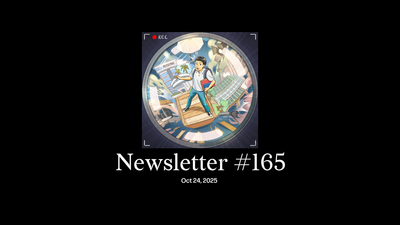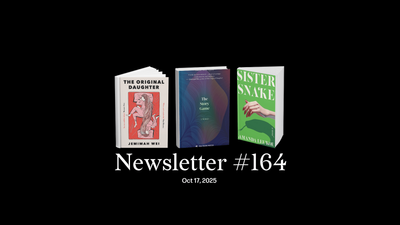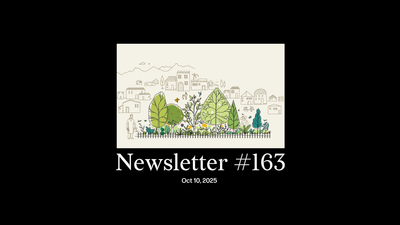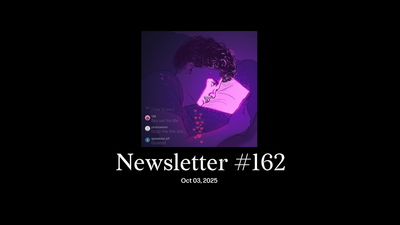Dear reader,
- The most important political developments ahead of the general election
- How is the state cracking down on anti-death penalty activists?
- Orchard Towers, vice den turned Christian worship centre
- Why are Singaporean millennials and Gen Zs less likely to drink and party late?
- The legacy of the late Lim Tze Peng, Singapore’s oldest living artist before he died this week at 103
- Chong Tze Chien and Jeremy Tiang, two Singaporean playwrights making waves
- Can the new Punggol Digital District really become “Singapore’s take on Silicon Valley”?
And more, in our weekly digest. Read it now.
Essay: “Postcard from Cairo: on mobility and alternative cosmopolitanisms”. Singapore’s cosmopolitanism has evolved not only over the past two centuries, but arguably over at least 700 years. Our variant is unique, as the world’s only sovereign state cum global city post world war two. The coevolution of these dual identities comes with its irrepressible tensions. Like any sovereign state, we cultivate a national identity that prioritises citizens, and is occasionally suspicious of foreigners, if not outright nativist—antithetical to the openness a global city needs.
Singaporeans can be considered “cosmolanders”, a portmanteau of “cosmopolitan” and “heartlander” coined by Tan Tai Yong, historian and then president of Yale-NUS College, in 2019. Whether or not we each want to own that awkward label, Tan was certainly right in arguing that there is a “constant need for accommodation, acceptance, and adaptation as the global and local both negotiate for space in Singapore.”
But are we really constrained to this post-1965 version of cosmopolitanism? Of course not. There are a multitude of directions in which we can, together, nurture a new 21st century variant, one that’s maybe more conscious and reflective of our environmental and financial impact on the region, more welcoming of lower-wage migrants—and not just the global elite.
That’s one of many reasons why this week’s essay by Zafirah Zein is such an important read.
“The ‘cosmopolitan’ Cairene sits in mixed-gender, upscale cafes modelled on their European or American counterparts; and has a taste for cappuccino rather than Arabic or Turkish ahwa.
But while such spaces reflect one strand of Cairene cosmopolitanism, it is not the cosmopolitanism I am interested in exploring, nor the one most visible to me in Cairo. As a Singaporean Malay who grew up more acquainted with English and the global monoculture, I found myself more drawn to the intersection of Arab and Islamic worlds that sit at the city’s core.”
What happens when we move from one cosmopolitan mindset to another? Even as Zafirah revels in the wonder of her interactions in Um Al Dunya, Mother of the World, she describes the city’s complexities, contradictions and injustices. “Cairo, with all its flaws, has offered me another view of cosmopolitanism, woven by both the universal and the particular, the material and spiritual.”
And finally, in a week when Donald Trump suggested that Gaza should be ethnically cleansed so that real estate moguls can create a “Riviera of the Middle East”, it’s appropriate that Zafirah’s story begins with Reem, a Palestinian woman who had taken a week to reach Cairo overland from northern Gaza. That the universe conspired to bring together two women from such vastly different places is, perhaps, the essential beauty of cosmopolitanism.
“Why are you here?” Reem asked Zafirah. Read her essay to find out. You just might start asking yourself that same question more often.
Jom bertemu,
Sudhir
Editor-in-chief, Jom
Behind Jom’s art, with Charmaine Poh
Marie Toh, our regular postcard illustrator, has drawn a Cairo rich with references of everyday life in the mega-city. Grand mosques, Arabic typography and bright hijabs bob above the quotidian in a crowded, diverse sea of people. Marie presents us with a long exposure of a place that is too vast to contain. Yet, through her floating snapshots of the cityscape, she’s also able to create space for distinct, intimate moments for both its inhabitants and visitors.
If you’ve enjoyed our newsletters, please scroll to the bottom of this page to sign up to receive them direct in your inbox.







